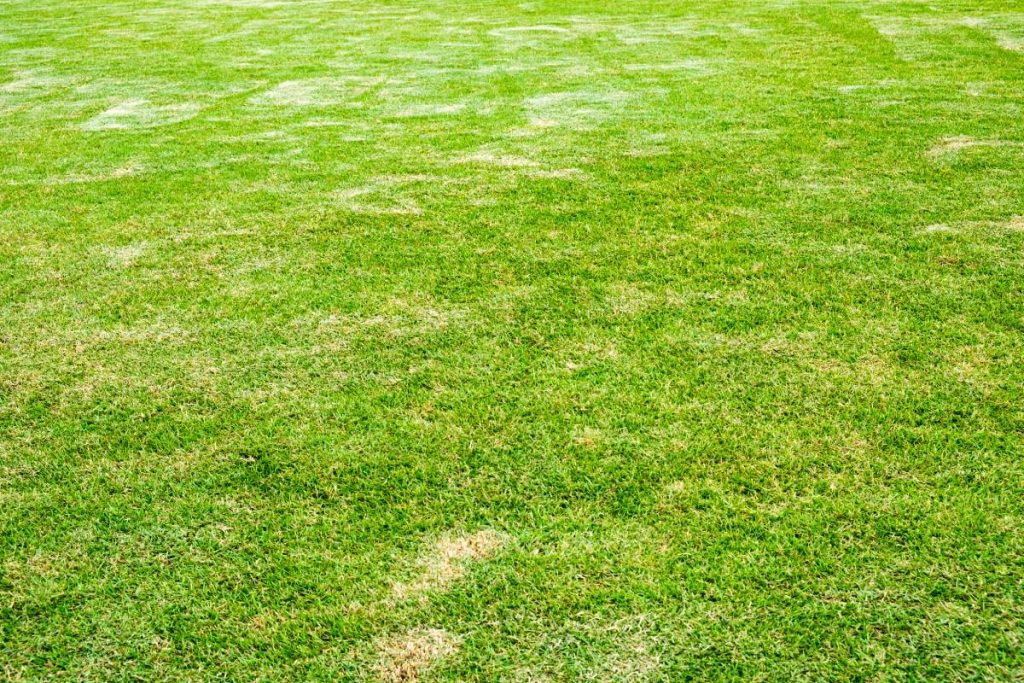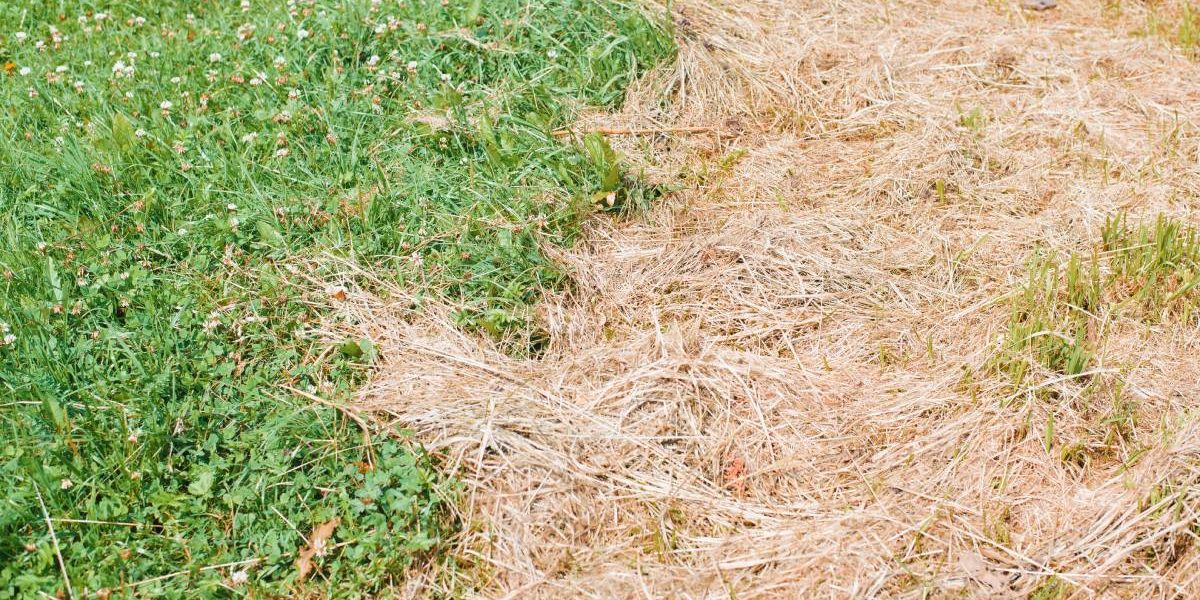Yard and lawn is something you might consider when buying a house in Australia. It gives a calm and peaceful vibe to their lush green landscape, but taking care of them might be another thing you might never thought would cause you some headaches.
Maintaining a lush, green lawn can be a source of pride for many homeowners. However, it’s not uncommon to encounter various challenges along the way. From pesky weeds to brown patches, these common lawn problems can be frustrating to deal with.
In this guide, we’ll explore 9 of the most prevalent issues lawn lovers face and provide simple solutions to tackle them effectively.
Weeds
Weeds can be a constant headache for those who love their lawn. These pesky plants steal essential nutrients and water from your grass, leaving your lawn looking less than perfect. To fight back against weeds, it’s essential to stick to a regular mowing schedule, cutting your grass to the ideal height for optimal growth.
Additionally, you can use specialized herbicides to target specific types of weeds without causing harm to your precious grass. By staying proactive and taking these measures, you can keep your lawn looking its best and free from the unwanted invasion of weeds. Remember, a little prevention and maintenance can go a long way in maintaining a lush and healthy lawn that you’ll be proud to show off to your neighbours.

Brown Patches
Brown patches are like unsightly blemishes on your otherwise lush lawn, and they can ruin its overall beauty. These patches usually pop up due to overwatering, underwatering, or fungal diseases lurking beneath the surface. To tackle them head-on, it’s crucial to fine-tune your watering routine, ensuring your lawn gets just the right amount of moisture—enough to thrive but not drown.
You can also fight back against fungal foes by applying fungicides when necessary. These specialized treatments help to keep fungal growth in check and give your grass a fighting chance to recover and thrive once again. By addressing brown patches promptly and with the right approach, you can restore your lawn’s vibrant green and maintain its pristine appearance for all to admire.
Compacted Soil
Compacted soil can put the brakes on your lawn’s health and growth by blocking vital air, water, and nutrient flow to the grassroots. This can lead to stunted growth and a lacklustre lawn. Luckily, there’s a simple fix: aerate your lawn regularly. Aerating involves punching holes into the soil, creating pathways for air, water, and nutrients to reach the grassroots more easily.
You can rent an aerator from a local zen garden centre or hire a professional lawn care service to handle the task for you. By aerating your lawn annually, you’ll give your grass the breathing room it needs to thrive, ensuring a healthier and more vibrant lawn for years to come.

Thatch Buildup
Thatch is a layer of dead grass, roots, and other organic matter that sits on top of the soil. While a small amount of thatch can be beneficial, providing a natural mulch that conserves soil moisture and temperature, too much thatch can be detrimental. It can create a barrier that prevents water, air, and nutrients from penetrating the soil, leading to a less healthy lawn.
To combat thatch buildup, it’s important to dethatch your lawn regularly. This can be done using a specialized dethatching rake or a power dethatcher, also known as a verticutter. The process involves removing the excess thatch layer, which in turn allows essential elements like air, water, and nutrients to reach the grass roots more effectively. This promotes a healthier, more resilient lawn that can better withstand the stresses of heat, drought, and normal wear and tear.
Pest Infestations
Another challenge for lawn care is pest infestations. Common lawn pests include grubs, which are beetle larvae that feed on grass roots, ants, which can create unsightly mounds and disrupt the soil, and cinch bugs, which suck the sap out of grass blades, causing them to turn brown and die. These pests can cause extensive damage if not controlled.
To prevent infestations, it’s crucial to maintain proper lawn care practices, such as regular mowing to the right height, watering deeply but infrequently, and keeping the lawn free of debris. Additionally, using environmentally friendly pest control methods can help manage these pests without harming beneficial insects that contribute to the health of your lawn and garden.

Poor Drainage
Poor drainage is another issue that can affect the health of your lawn. When water pools on the surface of your lawn, it can create soggy conditions that are ideal for the development of lawn diseases and root rot.
To improve drainage, consider installing French drains, which are gravel-filled trenches that redirect water away from problem areas. Creating sloped surfaces can also help water flow away from your lawn. Aerating the soil is another effective method for improving drainage; it involves creating small holes in the soil to allow water to infiltrate more deeply and reduce runoff.
pH Imbalance
A healthy lawn is the pride of a homeowner, but maintaining that lush green carpet can sometimes feel like a battle against nature. One of the key factors in this battle is soil pH. The pH level of your soil plays a critical role in how well your grass can access the nutrients it needs. If the pH is too high or too low, the grassroots struggle to absorb nutrients, leading to a lawn that looks lacklustre and unhealthy.
To keep your lawn in top shape, it’s important to test your soil pH regularly. You can easily do this with a soil testing kit available at most garden centres. If you find that your soil is too acidic (a low pH), you can add lime to raise the pH level. On the other hand, if your soil is too alkaline (a high pH), you can apply sulfur to lower it. Adjusting the pH to the optimal level for grass growth, which is typically between 6.0 and 7.0, will ensure that your lawn can access the nutrients it needs to stay healthy and vibrant.

Fungal Diseases
Another common issue that can plague lawns is fungal diseases. These pesky problems, like dollar spots and brown patches, can spread rapidly and ruin the look of your lawn. The key to preventing fungal diseases is to create an environment where they can’t thrive. This means avoiding overwatering your lawn, which can create the damp conditions that fungi love.
Improving air circulation is also crucial, so make sure to trim any overhanging branches that might be blocking the flow of air. During periods of high humidity or after prolonged moisture, it’s a good idea to apply fungicides as a preventative measure to keep fungal diseases at bay.
Pet Damage
Lastly, let’s talk about pet damage. Our furry friends can unintentionally harm our lawns, leaving behind dead patches from urine burns or holes from digging.
To minimize this damage, it’s helpful to train your pets to use specific areas for their bathroom breaks. Providing them with plenty of toys and activities can also help deter them from digging up your lawn. If damage does occur, act quickly to repair it by reseeding or laying down new sod to restore your lawn’s appearance.
Conclusion
To have a healthy and beautiful lawn, you need to be proactive and pay attention to the details. When you spot common lawn problems, it’s essential to address them quickly. This way, your lawn can stay a source of pride and joy for years to come. We’ve put together some tips to help you overcome the challenges that all lawn lovers face, so you can enjoy a lush, green lawn that enhances the beauty of your outdoor space.











